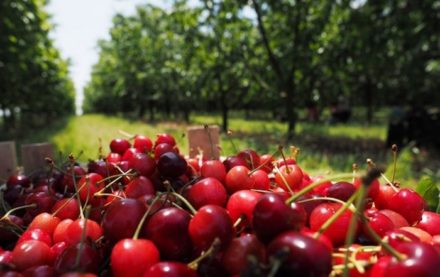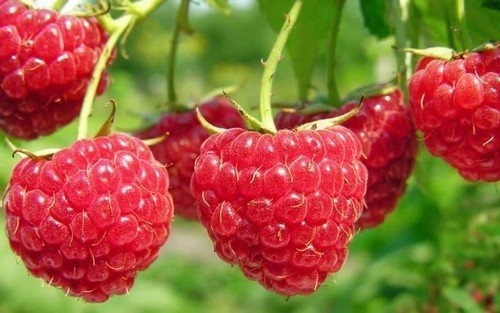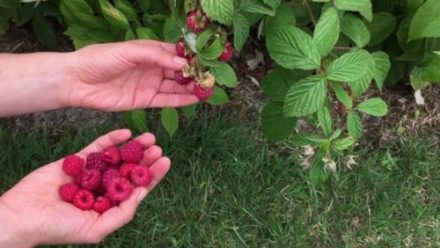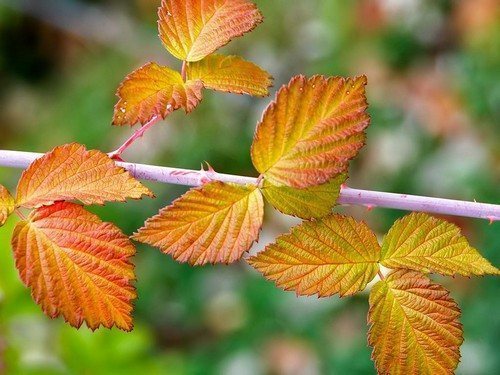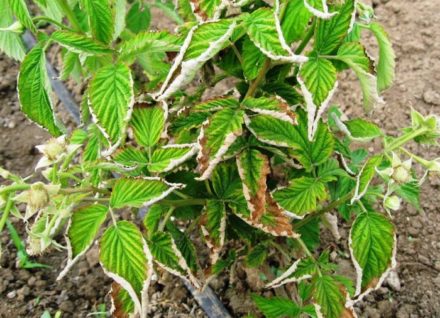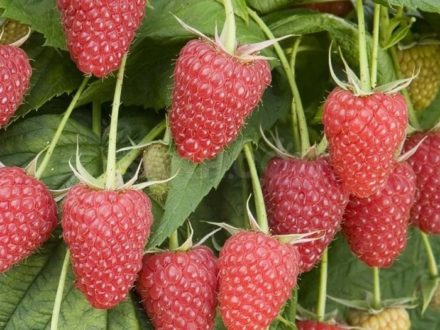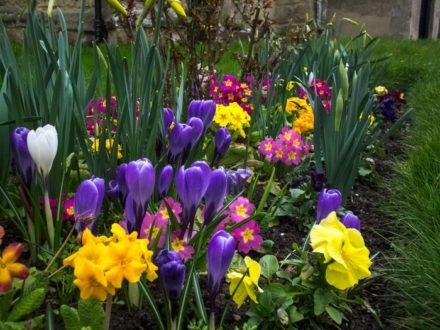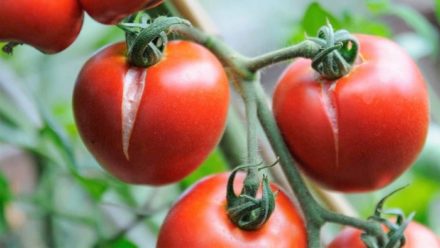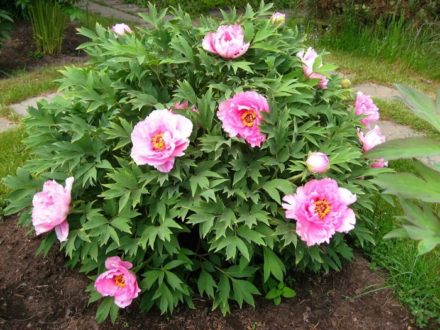In July, the raspberry harvest has already been harvested, but this does not mean that you can leave the raspberry plant without attention. It is in the summer of this year that you need to take care of the bush in order to provide yourself with large and sweet berries next season. Raspberries will require watering, pruning, fertilizing and other measures.
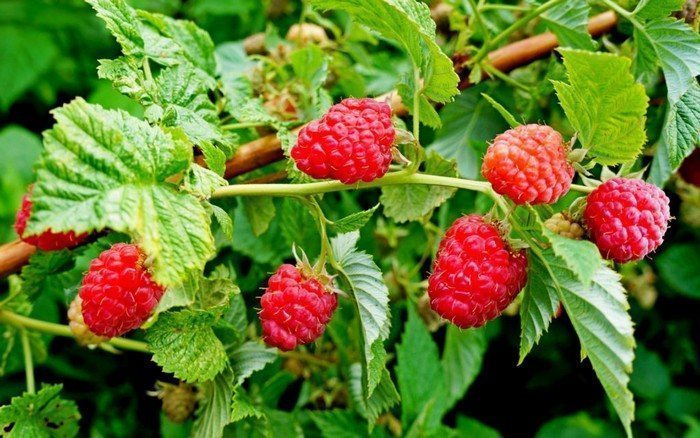
Pruning after fruiting
After harvesting, the first thing you need to do is trim the bushes. On raspberries, fruit-bearing shoots and branches located close to the ground are cut out. At the same time, unnecessary growth is removed. The shrub must be thinned out, since the procedure promotes better ripening of the buds and the formation of full-fledged replacement shoots. An adult bush should consist of 8–12 powerful stems.
At the same time, broken branches and shoots with signs of disease are cut out. Old unproductive bushes are removed completely. In remontant raspberries, the shoots are cut to zero, since fruiting occurs at the current growth. The remaining trimmings are burned or buried in the ground, chopped for convenience. You should not leave cut stems near the bushes for a long time. Plant debris will attract pests and may promote the development of fungal infections.
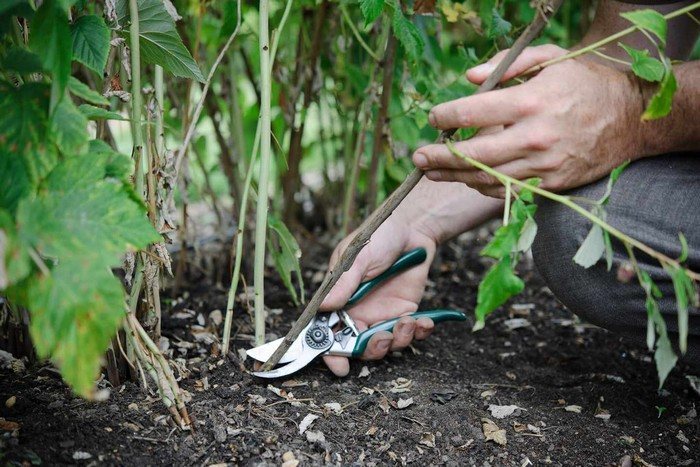
Feeding for recuperation
At the end of fruiting, raspberries need fertilizing containing nitrogen and potassium. However, the nitrogen content in the fertilizer should be moderate.An excess of this element will lead to cracking of the bark and reduced frost resistance. Shrubs need phosphorus fertilizers in smaller quantities. For each square meter in the raspberry garden, add:
- 20–30 g superphosphate;
- 40–50 g potassium sulfate;
- 100 g wood ash.
Use fresh manure or compost as a source of nitrogen, mulching the soil surface under the bushes with organic matter. In preparation for winter, magnesium sulfate (25–30 g/sq.m.) is additionally added in the fall. Magnesium supplements will help raspberries survive the winter easier.
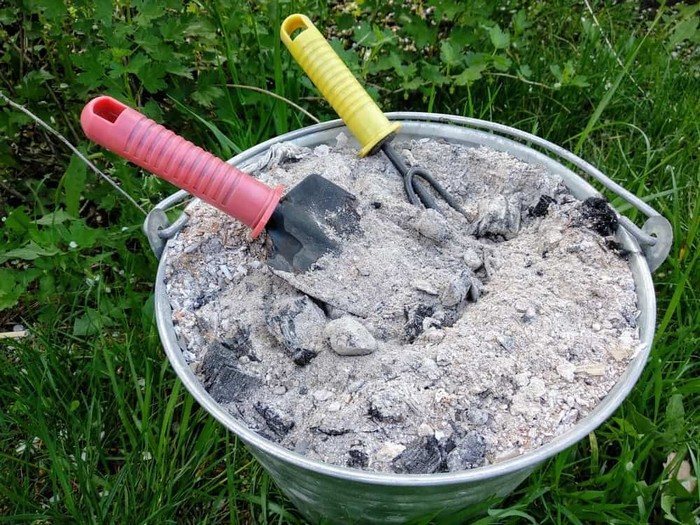
Watering mode
After the berries are collected, the bush continues to be watered every 10–15 days. Stop watering towards the end of August. If the bushes have been rejuvenated, they continue to be watered in the fall. In the case when there is no autumn rain, raspberries are provided with moisture-recharging watering by pouring at least 5 buckets of water under each bush. This needs to be done in mid-October before frost arrives. Moist soil reduces the risk of roots freezing.
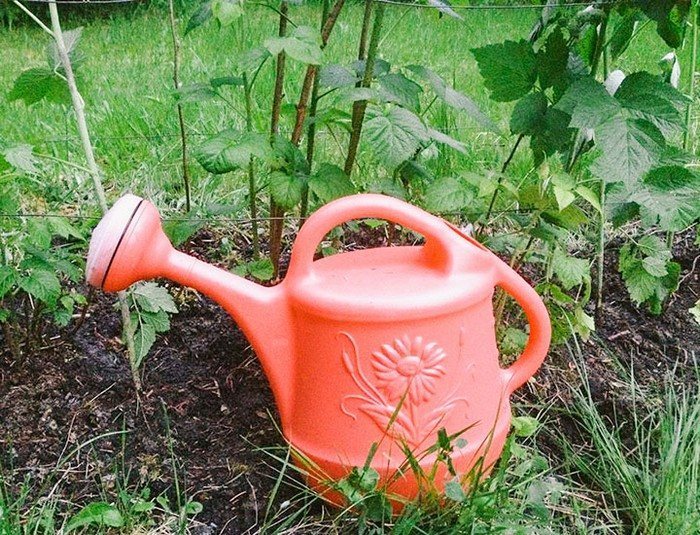
Tillage
In mid-summer, it is imperative to check the condition of the soil in the tree trunk circle, in particular, by measuring the acidity level. In acidic soil, raspberries will suffer, and yields will decrease due to the inability to properly absorb nutrients.
The optimal acidity level for most varieties is 5.5–6.5 pH. You can check this parameter using litmus paper test strips.
If the soil turns out to be too acidic, dig up the soil to a depth of 5–7 cm, adding dolomite flour. The soil cannot be cultivated too deeply. The surface roots of the shrub lie at a depth of 8–10 cm.To maintain moisture in the soil and control weeds, the soil in the tree trunk circle is mulched with mowed grass.
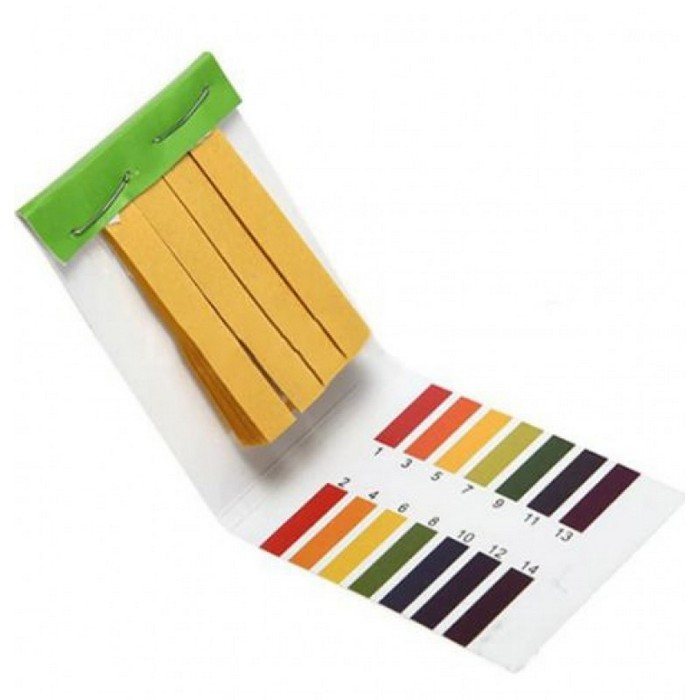
Pest Control
Raspberries are often attacked by harmful insects. Among them:
- strawberry weevil;
- raspberry stem fly;
- shoot gall midge;
- raspberry beetle;
- spider mite
Since the berries have already been collected, insecticides can be safely used to control pests, for example, Actellik, Fufanon, Inta-vir. In case of severe infection, spraying is carried out repeatedly, alternating the products with each other. Treatment for fungal diseases is done in the fall after leaf fall. At this time, the raspberry tree is sprayed with 1% Bordeaux mixture.
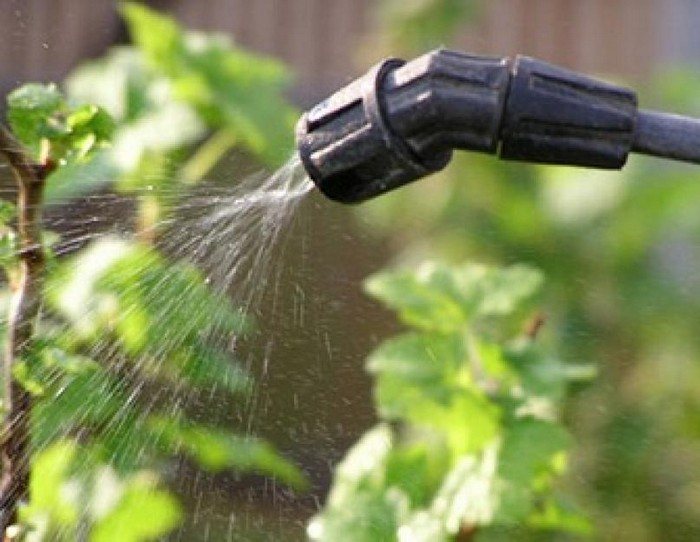
After fruiting has finished, caring for raspberries continues until late autumn. After leaf fall, all plant debris is removed from under the bushes and the soil is dug up. Summer residents are always able to influence the quality of the harvest, except when the summer is cool. By the way, for remontant varieties, the fruiting dates are shifted to August, which means that all of the listed activities are carried out later.


